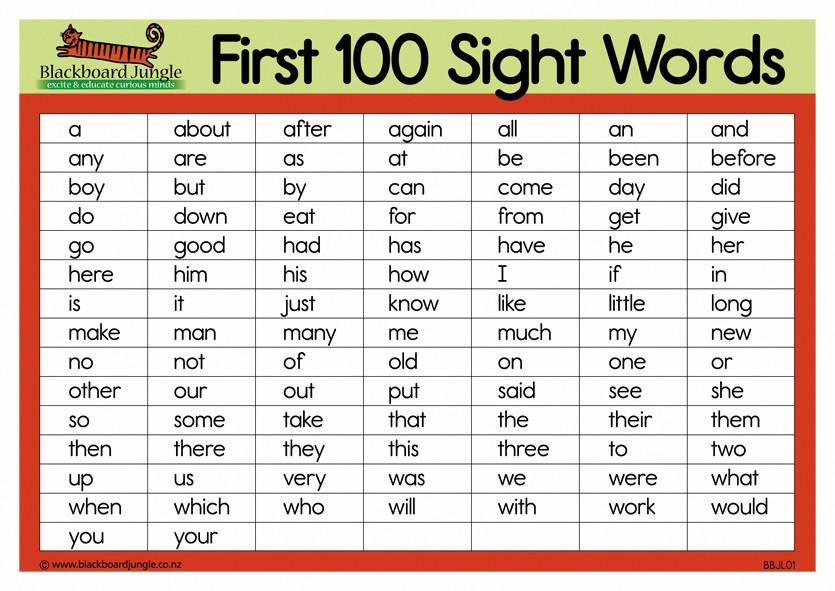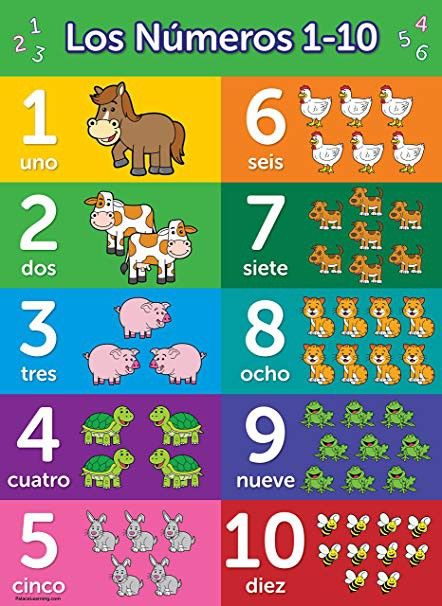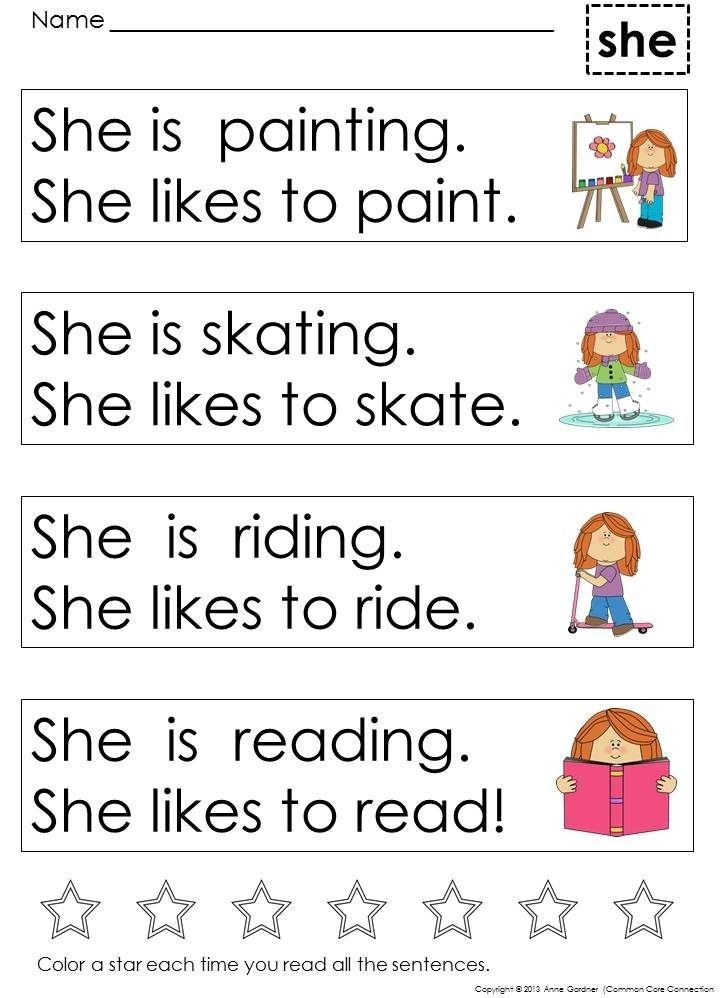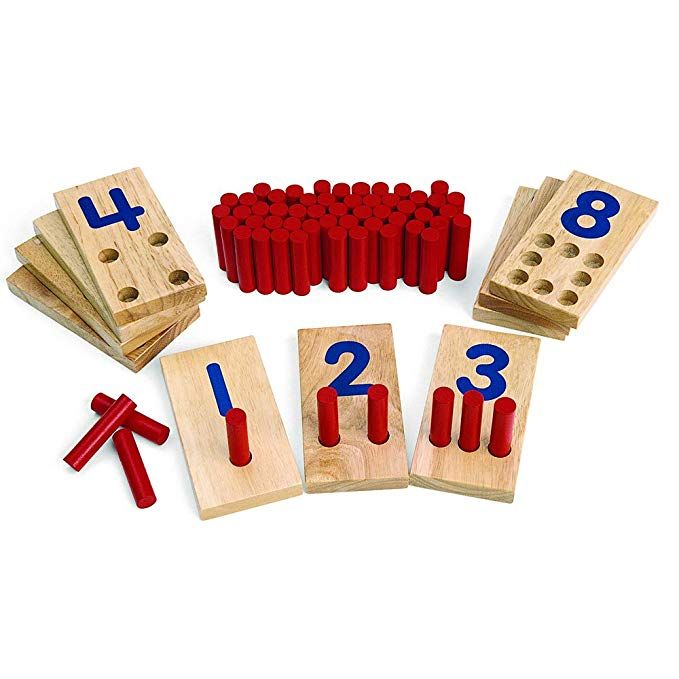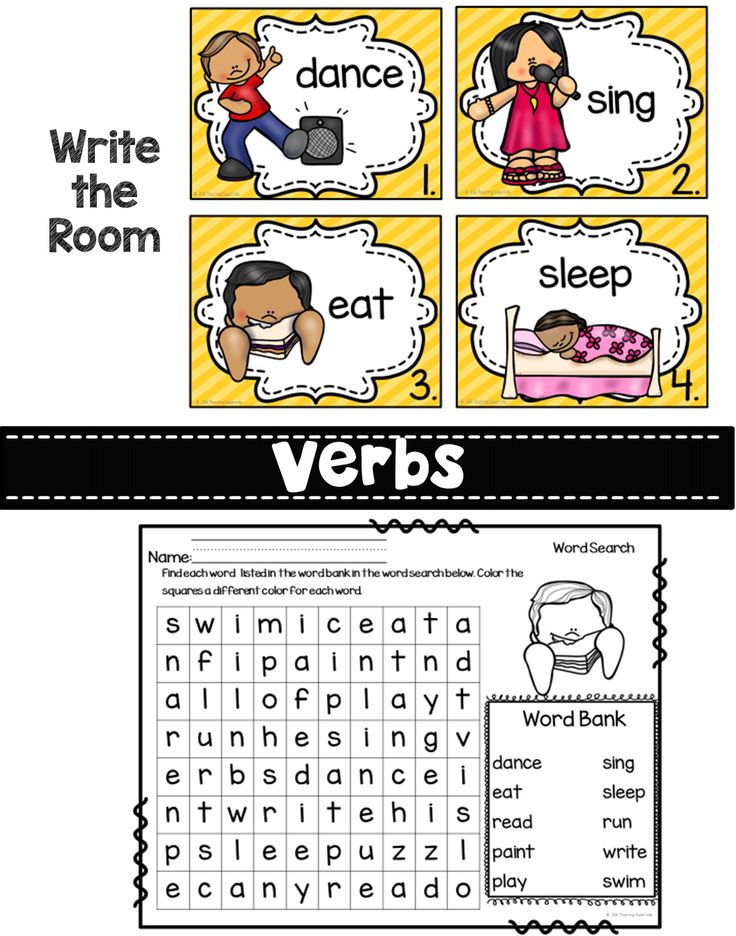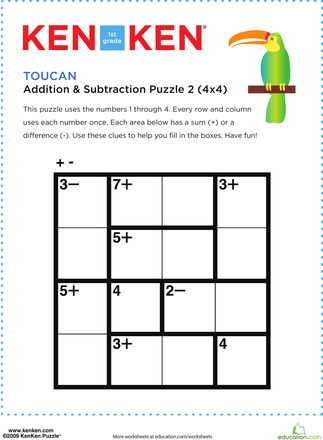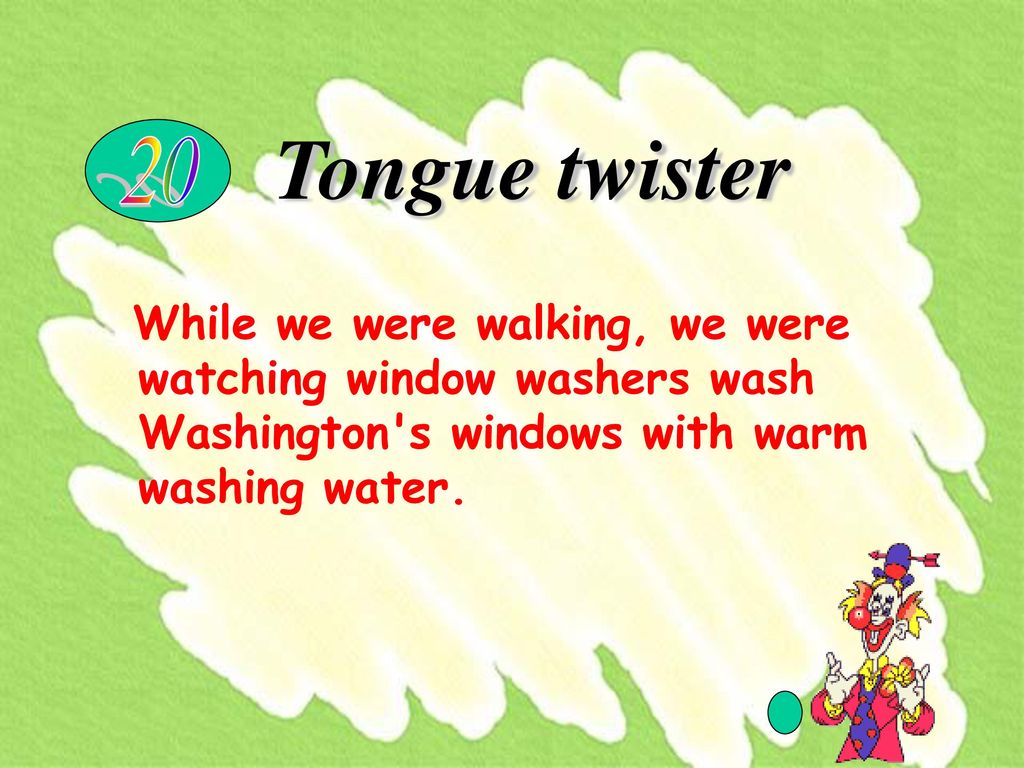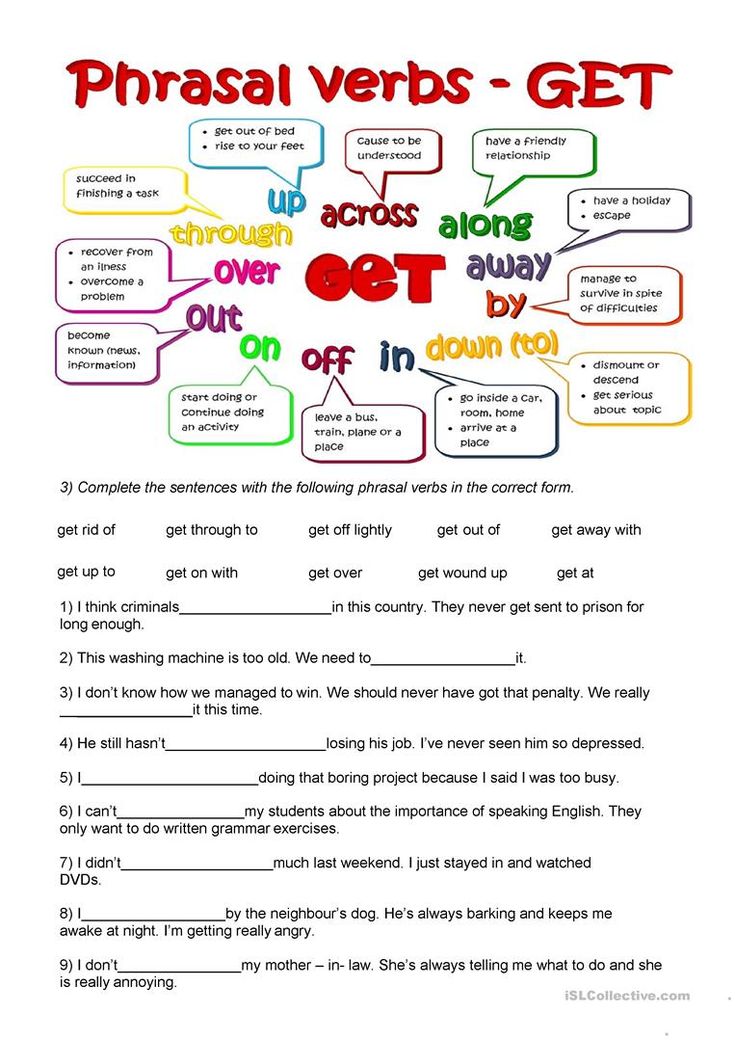Reading level determination
| Our Automatic Readability Checker takes a sample of your writing and calculates the number of sentences, words, syllables, and characters in your sample. Our program takes the output of these numbers and plugs them into seven popular readability formulas. These readability formulas (see below) will let you know the reading level and grade level of your text and help you determine if your audience can read your writing. (Note: We also have separate readability tools to calculate grade levels using the Fry Graph, Raygor Estimate Graph, Spache Formula, and New Dale-Chall Formula, located here: Free Readability Calculators and Text Tools). Directions: Paste in a sample of text and click "CHECK TEXT READABILITY. Paste a sample of plain text in the box. Your sample can be between 150-3000 words. We do not store or reuse your text in any way. Security check - Are you human?: Yes. (Click the box) Our free readability formula tool will analyze your text and output the results based on these readability formulas. Our tool will also help you determine the grade level for your text. 1. The Flesch Reading Ease formula will output a number from 0 to 100 - a higher score indicates easier reading. 2. The Flesch-Kincaid Grade Level outputs a U.S. school grade level; this indicates the average student in that grade level can read the text. For example, a score of 7.4 indicates that the text is understood by an average student in 7th grade. 3. The Fog Scale (Gunning FOG Formula) is similar to the Flesch scale in that it compares syllables and sentence lengths. A Fog score of 5 is readable, 10 is hard, 15 is difficult, and 20 is very difficult. Based on its name, 'Foggy' words are words that contain 3 or more syllables. 4. 5. The Coleman-Liau Index relies on characters instead of syllables per word and sentence length. This formula will output a grade. For example, 10.6 means your text is appropriate for a 10-11th grade high school student. 6. Automated Readability Index outputs a number which approximates the grade level needed to comprehend the text. For example, if the ARI outputs the number 3, it means students in 3rd grade (ages 8-9 yrs. old) should be able to comprehend the text. 7. Linsear Write Formula is a readability formula for English text, originally developed for the United States Air Force to help them calculate the readability of their technical manuals. StyleWriter software: use it to write better content! Download your free trial! | ||
| Flesch Reading Ease Formula is considered as one of the oldest and most accurate readability formulas. Rudolph Flesch, an author, writing consultant, and a supporter of the Plain English Movement, developed this formula in 1948. Raised in Austria, Rudolph Flesch studied law and earned a Ph.D. in English from the Columbia University. Flesch, through his writings and speeches, advocated a return to phonics. In his article, A New Readability Yardstick, published in the Journal of Applied Psychology in 1948, Flesch proposed the Flesch Reading Ease Readability Formula. ** ( Use our free Flesch Reading Ease Calculator to grade your text using the Flesch Reading Ease formula). The Flesch Reading Ease Formula is a simple approach to assess the grade-level of the reader. Its also one of the few accurate measures around that we can rely on without too much scrutiny. This formula is best used on school text. It has since become a standard readability formula used by many US Government Agencies, including the US Department of Defense. However, primarily, we use the formula to assess the difficulty of a reading passage written in English. The Flesch Reading Ease Readability Formula The specific mathematical formula is: RE = 206.835 (1.015 x ASL) (84.6 x ASW) RE = Readability Ease ASL = Average Sentence Length (i.e., the number of words divided by the number of sentences) ASW = Average number of syllables per word (i. The output, i.e., RE is a number ranging from 0 to 100. The higher the number, the easier the text is to read. Scores between 90.0 and 100.0 are considered easily understandable by an average 5th grader. Scores between 60.0 and 70.0 are considered easily understood by 8th and 9th graders. Scores between 0.0 and 30.0 are considered easily understood by college graduates. If we were to draw a conclusion from the Flesch Reading Ease Formula, then the best text should contain shorter sentences and words. The score between 60 and 70 is largely considered acceptable. The following table is also helpful to assess the ease of readability in a document: 90-100 : Very Easy Though simple it might seem, the Flesch Reading Ease Formula has certain ambiguities. ** ( Use our free Flesch Reading Ease Calculator to grade your text using the Flesch Reading Ease formula). StyleWriter software: use it to write better content! Download your free trial! | ||
Read speed test. Online simulator for developing reading speed and awareness skills in 2021!
Reading speed is an important indicator not only for schoolchildren, who regularly check it. It is very important for an adult in the modern world to be able to navigate in huge flows of information. A reading speed test will help you determine your current level and see if you need to work on improving this skill or if you are reading fluently enough.
A reading speed test will help you determine your current level and see if you need to work on improving this skill or if you are reading fluently enough.
Content
1. How to check reading speed?
2. How can I check my reading speed myself?
3. How to test a child's reading speed?
4. What reading speed is considered normal for adults and children?
5. How to choose the right text to test reading speed?
6. The book "Everything you wanted to know about speed reading, but were afraid to ask"
How to check reading speed?
The easiest way is to take a stopwatch (you can use the application on your phone), a text to check your reading speed and read it at a normal pace for one minute. It is important that the text is non-technical, does not contain highly specialized terms and concepts, and is not familiar to the reader. The text should not be too primitive. The testee must see the text for the first time so that the results are not artificially inflated.
The testee must see the text for the first time so that the results are not artificially inflated.
But what do you care about speed, if you don't understand with what awareness you absorb the text? :)
A much better way to find out your reading speed is to take a free online test. To do this, sit back, enter your name in the form above, press the button and you will immediately see the text that you need to read, slowly, trying to understand everything that is written.
When the entire text is read - click on the button at the very bottom. The program will automatically determine the reading speed and prompt you to answer a few questions to understand the degree of assimilation of the material. As a result of testing, you will receive not only the result of your reading speed and awareness, but also recommendations for improving your reading technique in the format of the book "Everything you wanted to know about speed reading, but were afraid to ask." Enter a name. Click the button and find out your real reading speed. Have a good day.
Click the button and find out your real reading speed. Have a good day.
How can I test my reading speed myself?
We have prepared for you a tool with which you can independently check the speed of reading. Our tool include a certain amount of text that you need to read as quickly as possible. You will then have the opportunity to answer a series of questions about the text, allowing the program to determine your level of understanding. Based on the data received, a result and a certificate are issued. This certificate can be shared with your friends on social networks and challenge them to a battle to test the speed and awareness of reading :).
If you want to do it yourself, you can do it according to the following scenario. A text of medium complexity is taken, located on one sheet. You will need an assistant who will keep track of the time and will be able to test the level of your understanding of the information. Check algorithm:
Simultaneously with the start command and the start of the stopwatch, you begin to silently read the text.
When the text is finished, you say stop - time stops.
Then you need to answer a few questions regarding the content (reading speed implies a full reading comprehension).
The last step is to count the words in the text and determine the average number of words per minute (words in the text can be counted before reading).
This is the certificate you can get based on the results of passing the test
How to check the reading speed of a child?
A child's reading speed can be tested in a similar way. The child should read aloud, at least in elementary school. Then you can switch to the usual way of checking for adults.
Schools often test reading skills by counting the number of words read per minute. This gives a small error, since words come in different sizes, but a similar verification method can also be used.
What reading speed is considered normal for adults and children?
The average reading speed for an adult is 200-230 words per minute. Below average, but an acceptable rate is 150-200 words per minute. Adults who read more than 230 words per minute are considered fast readers. For the speed reading technique, the optimal speed is 350-400 words per minute.
Below average, but an acceptable rate is 150-200 words per minute. Adults who read more than 230 words per minute are considered fast readers. For the speed reading technique, the optimal speed is 350-400 words per minute.
In children, the indicators are dynamic and change depending on age. Approximate norms used in elementary school:
20-30 words per minute for first grade;
45-60 words per minute for second grade;
70-85 words per minute for third grade;
90-125 words per minute for fourth grade.
How to choose the right text to test reading speed?
The criteria for selecting text to test reading speed are identical for adults and children. The only difference is the volume and complexity of the information. The text must match the following parameters:
medium difficulty appropriate for age;
the absence of specific unfamiliar words or their minimum number;
no dialogs;
location on one page;
large, comfortable to read font;
lack of pictures and other distracting elements.
In our tool for testing reading speed and comprehension, we tried to take into account all these factors so that the resulting tool would be convenient for both adults and children. At the same time, he gave a fairly clear answer to the question about the real reading speed.
It should be remembered that reading speed is a variable parameter, which decreases if a person rarely sits down at a book, and increases with constant reading. There are many special techniques aimed at significantly increasing the speed of reading text information.
Everything you wanted to know about speed reading but were afraid to ask test. So don't waste a second,
go back to the very top of the page and go take the test!Reading speed test online is simple, convenient and fast
We have already written so much here about how to correctly measure your reading speed, achieve awareness and interpret the results, that every second of delay before you pass the online reading speed test and receive a personal certificate is just like death.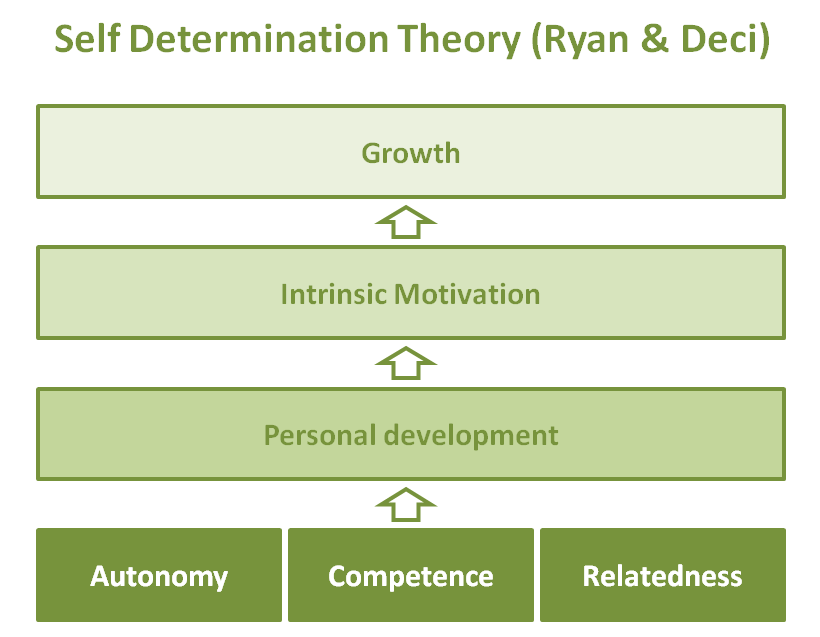 Return to the very beginning of the page, enter your name in the field under the video and go to the enchanting world of unfamiliar texts and tricky questions :).
Return to the very beginning of the page, enter your name in the field under the video and go to the enchanting world of unfamiliar texts and tricky questions :).
📖 Reading speed Q&A section
📕 What formula is used to calculate reading speed?
If it’s very short, then the formula for calculating the reading speed is as follows: V = (Q / T) x K. This formula allows you to get a real figure for reading speed with a correlation to the coefficient of meaningfulness. You can read more about the formula here in this article .
📗 What books do you recommend reading to develop speed reading?
We have compiled a list of the most useful books for the development of speed reading and posted it in a separate post on the blog. The list is constantly updated and gives an idea of the main books with which you can develop speed reading skills.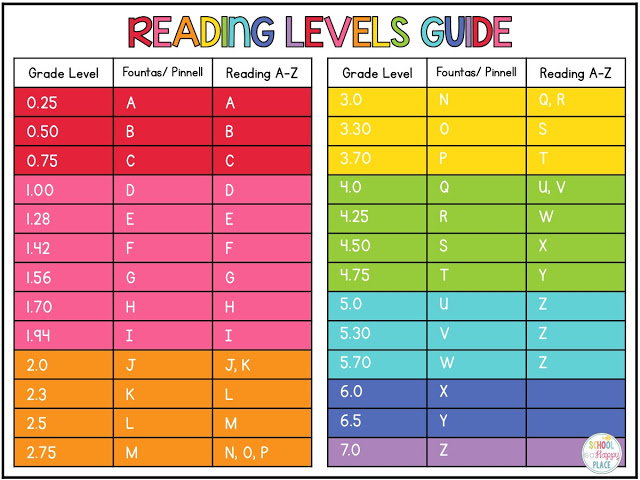
📘 What if I want to increase my reading speed?
You can start by learning the theory, or you can download our workbooks , which we have created especially for those who who wants to start learning speed reading. There are two of them: one notebook for adults, the second for children. Contains some theory and practical exercises designed for several weeks of regular classes.
📙 How to check a child's reading speed?
The reading speed test, which is located on our website, is suitable for both adults, as well as for children. We specifically tried to choose mostly literary texts that will be easy to read. for understanding by the child. Just go to the reading speed test page from the link above, enter child's name and start reading. Then the program will do everything for you.
📔 I want to check my reading speed online for free.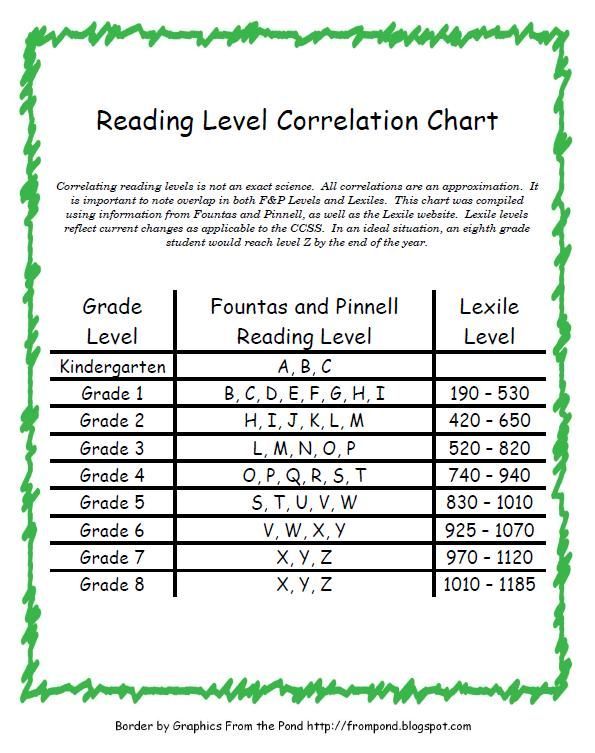 How to do it?
How to do it?
Easier nowhere. The tool, which is located at https://bukva.info/rapid/ , was created just for this. You just enter your name, read the text and answer the questions. The program monitors the speed of your reading and its meaningfulness. After answering the questions, you will receive a certificate with your result. The certificate can be shared with friends in social networks :).
📓 What is the "Read Fast" project?
Read Fast is a project dedicated to the problem of fast and conscious reading. We believe that you can read 3-4 times faster. However, the quality of memory reading material will only increase. Let's try together :).
standards for grades and quarters
Reading is a key skill that opens the gate to the land of knowledge for a child. Thanks to this skill, children learn about the phenomena and events of the world around them, get acquainted with the characters and actions of people, meet new problems and ideas.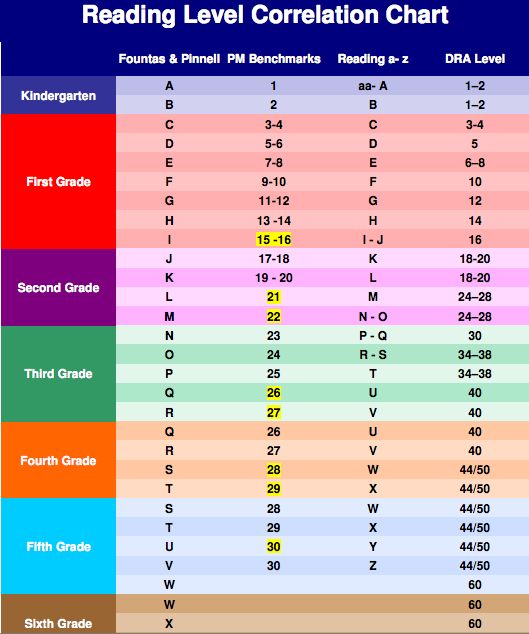 This skill helps them to broaden their horizons and ideas about the world, develops critical thinking and trains cognitive abilities - attention, imagination, memory. Reading is the foundation for further successful learning.
This skill helps them to broaden their horizons and ideas about the world, develops critical thinking and trains cognitive abilities - attention, imagination, memory. Reading is the foundation for further successful learning.
To understand how well a child develops this skill, it helps to check the reading technique. Reading technique is a multifactorial test that characterizes the development of a skill from different angles. In reading technique, the following are evaluated:
- reading speed,
- reading method,
- reading awareness,
- correct reading,
- expressiveness of reading.
A difficult reading skill consists of both a technical and a semantic component and is aimed at achieving the main goal - understanding and assimilation of the information read.
Reading technique parameters
Let's consider all the components of reading technique in more detail.
- Reading speed - the number of words read in a certain period of time.
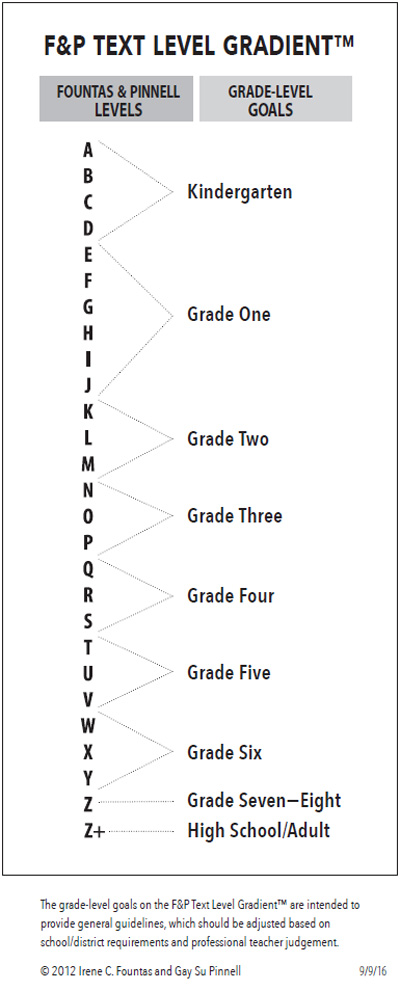 Often, parents focus on the formation of fluent reading, while the child makes many mistakes, does not understand and does not remember what he read. It is not necessary to force only speed, slower conscious reading and a gradual increase in tempo are better than fast mechanical reading with errors and inaccuracies.
Often, parents focus on the formation of fluent reading, while the child makes many mistakes, does not understand and does not remember what he read. It is not necessary to force only speed, slower conscious reading and a gradual increase in tempo are better than fast mechanical reading with errors and inaccuracies. - Way of reading — syllabic reading or reading the whole word, smoothly. With the development of the skill, the child has a gradual transition from syllabic reading to smooth reading in whole words.
- Correct reading is characterized by the absence of errors and hesitation. Inattention, problems of diction lead to inaccurate reading, indistinct articulation and, as a result, to a distortion of meaning. Pay attention to the correct reading - this will be the key to competent writing.
- Reading comprehension involves reading comprehension, awareness of the idea and meaning of the text, and in the future - this is the ability to catch the subtext, humor, irony, the attitude of the author.
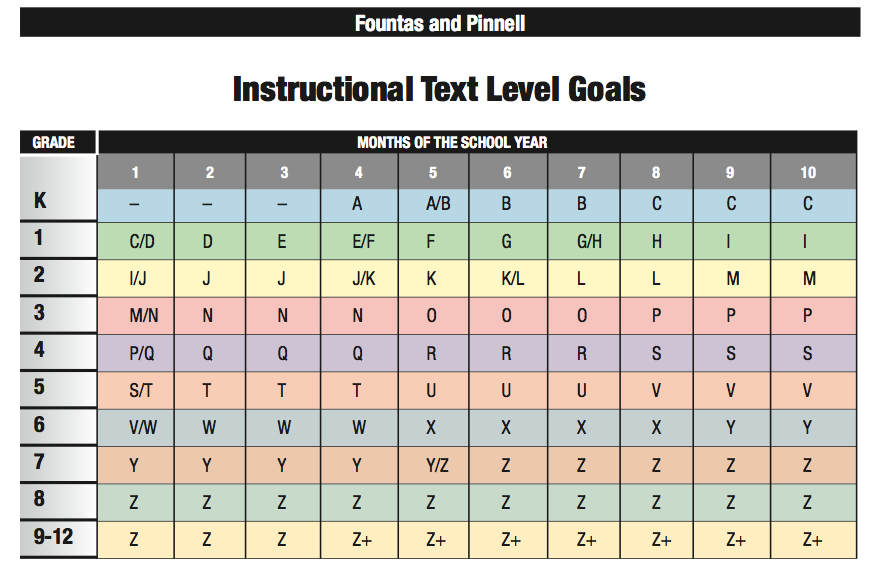 Interfering with reading comprehension can be low reading speed, distorted reproduction - guessing words, changing the shape of words, not reading endings.
Interfering with reading comprehension can be low reading speed, distorted reproduction - guessing words, changing the shape of words, not reading endings. - Reading expressiveness - the use of pauses, finding the right intonation, the correct placement of stresses. The expressiveness of reading is inextricably linked with awareness. When understanding what is read, it is easier for the child to observe the necessary pauses, select the correct intonation and place logical stresses.
Reading speed standards for elementary school
GEF standards determine the desired reading speed for a child by a certain point in learning, help to understand whether the development of a skill is successful or whether additional attention is required. Standards - indicative values; it is important to take into account the individual psychophysiological characteristics of each child and evaluate the growth of his personal indicators.
Grade 1 reading speed standards
Reading speed standards in grade 2
Reading speed standards in grade 3
Reading velocities in grade 40210 9000 9000
Reading speed, to which it is necessary schools, is reading at the speed of conversational speech, 110-120 words per minute.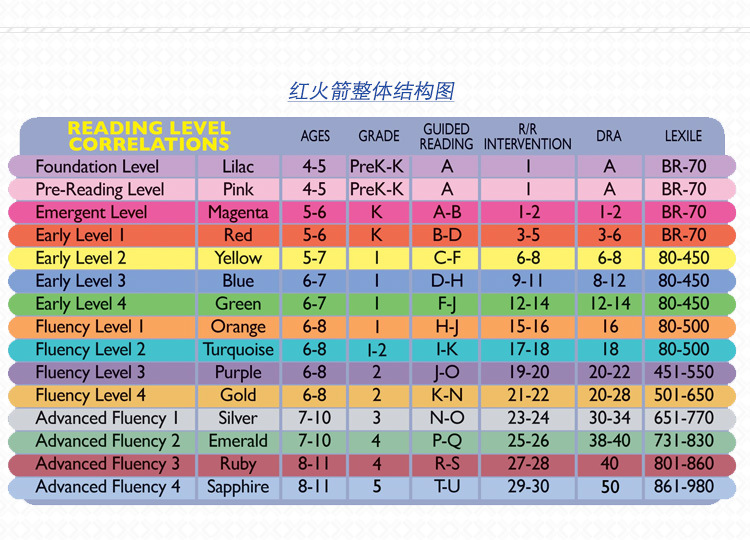 The human articulatory apparatus has adapted to this speed over time. And most importantly, the reading should be conscious, correct, expressive.
The human articulatory apparatus has adapted to this speed over time. And most importantly, the reading should be conscious, correct, expressive.
Other parameters of reading technique
Grade 1
At the end of the first half of the year. Reading is smooth syllabic, conscious and correct, with a clear pronunciation of syllables and words.
At the end of the second half of the year. Reading is conscious, correct, simple words are read as a word. Words with a complex syllabic structure can be read syllable by syllable.
Grade 2
At the end of the first half of the year. Reading consciously, correctly, in whole words. Compliance with logical stresses. Compound words can be read syllable by syllable.
At the end of the second half of the year. Reading meaningful, correct, in whole words. With observance of logical stresses, pauses and intonations. Syllabic reading is undesirable.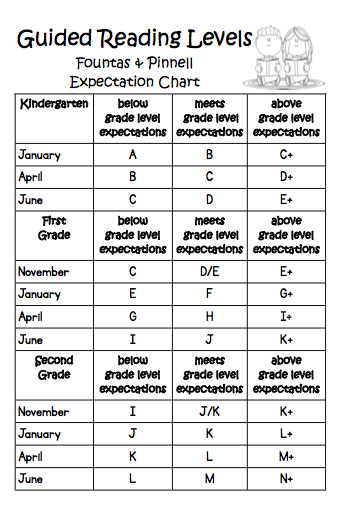
Grade 3
At the end of the first half of the year. Reading consciously, correctly, in whole words. With observance of pauses and intonations, with the help of which the child expresses an understanding of the meaning of what is being read.
At the end of the second half of the year. Reading consciously, correctly, in whole words. With observance of pauses and intonations, through which the child expresses understanding of the meaning of what is being read.
4th grade
At the end of the first half of the year. Reading consciously, correctly, in whole words. With the help of observed pauses and intonations, the child not only expresses an understanding of the meaning of what is being read, but is able to express his attitude to what he has read.
At the end of the second half of the year. Reading consciously, correctly, in whole words. With observance of pauses and intonations, through which the child expresses an understanding of the meaning of what is read, and his attitude to the content of what is read.
How can I test my child's reading skills on my own?
Have your child see how well they read already. Children usually love to know how many centimeters they have grown, and they may also be interested in knowing their progress in reading. Warn about the upcoming test and ask the child to read quickly.
The control of reading technique in sensitive children who, due to their temperament, can hardly tolerate various tests, can be carried out imperceptibly or in the form of a game. Do not create unnecessary excitement around the upcoming test, do not arrange a test in the form of an exam. If the child is worried, stutters, transfer control to another time.
Verification process:
- Prepare a clock with a second hand or use the stopwatch on your phone, and choose the appropriate text.
- Ask your child to take a seat.
- Show him the text and ask him to read it aloud.
- Track the time from the moment your child starts reading.
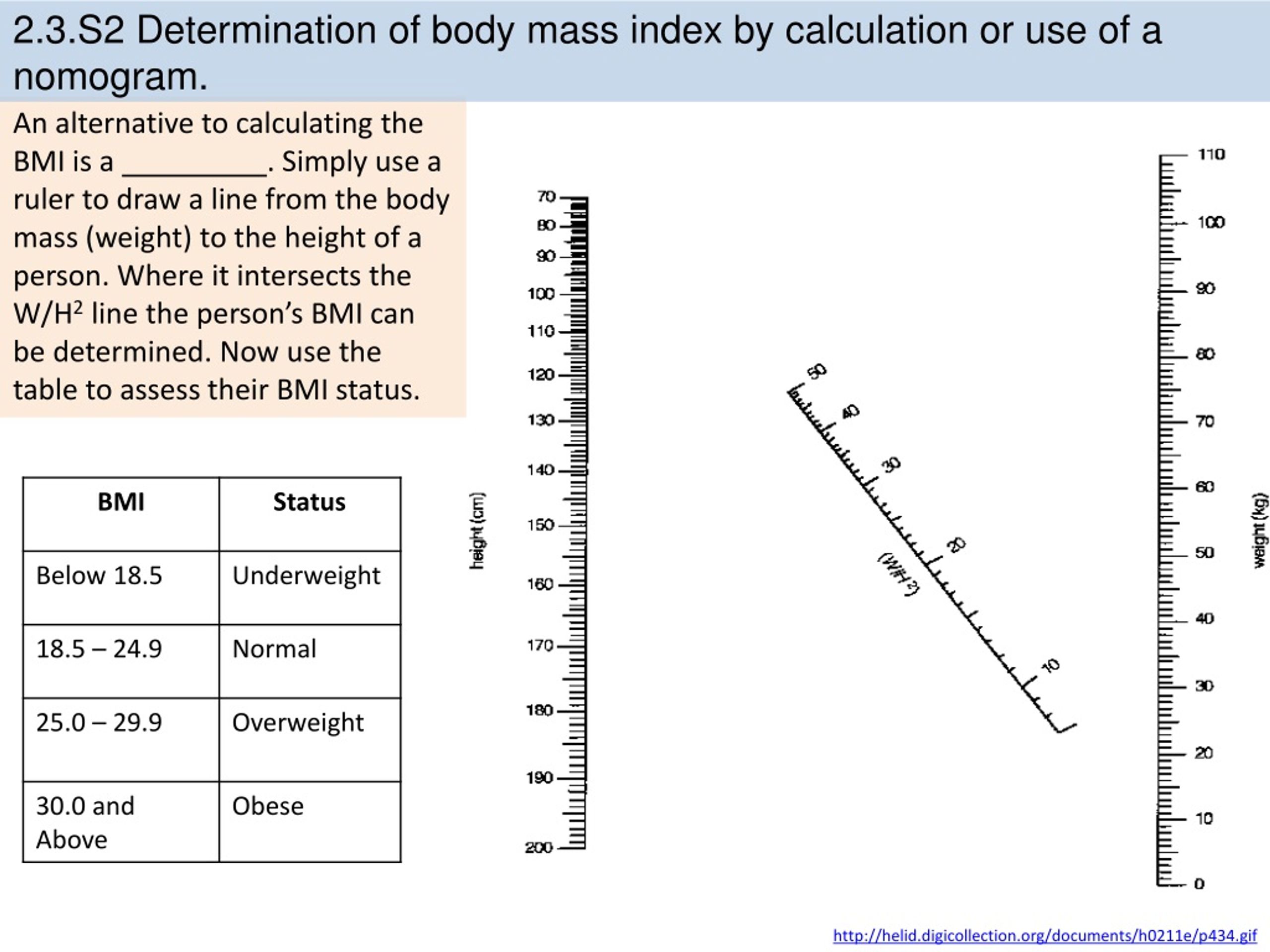 Not all children are able to immediately start reading on command, which leads to inaccurate results.
Not all children are able to immediately start reading on command, which leads to inaccurate results. - Usually, one minute is noted for checking, but some experts recommend taking 2 minutes for monitoring, since not all children are equally quickly included in the work. Divide the result obtained in 2 minutes in half.
- When reading, do not correct or interrupt. It is better to discuss the mistakes made after the child has finished reading.
- Evaluate the speed, correctness, awareness and expressiveness of reading.
- Retest and compare results. Reading technique may differ depending on the child's fatigue, health status and mood.
Which text is suitable for verification?
Both fiction and non-fiction texts appropriate for the child's age are suitable for this purpose. The text should be unfamiliar, but understandable to the child, have educational and educational value. The texts of V. Bianchi, L. Tolstoy, N. Nosov, B. Zhitkov, K. Ushinsky, V. Dragunsky are suitable. The text for verification can be found in special manuals or in a textbook on the Russian language and literature.
Ushinsky, V. Dragunsky are suitable. The text for verification can be found in special manuals or in a textbook on the Russian language and literature.
You should find the text that is located on the spread of the book so that the child does not have to waste time turning pages. Choose text without an abundance of punctuation marks and distracting illustrations. It is not desirable that the passage contains common complex sentences and dialogues. The font must be large enough and legible. The text should not have a technical focus and contain terms incomprehensible to the child.
Test score
Speed score
Count how many words the child read in one minute. When counting words, pay attention:
- prepositions, conjunctions, particles of 1-2 letters are counted as one word;
- when wrapping, a word counts as 2 words;
- if the word is written with a hyphen, look at how many letters are on both sides of the hyphen: if there are more than three, we count it as 2 words, for example, "long, long", if less than three, for example, "somehow", - as one .
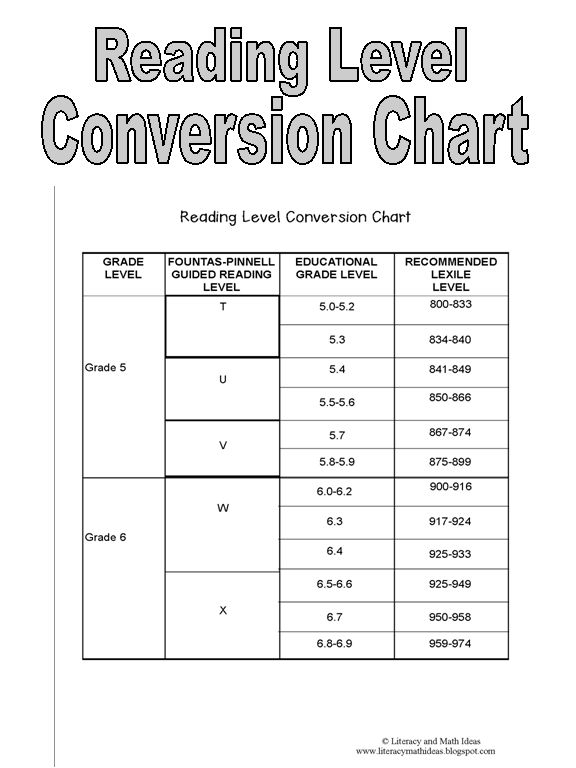
Compare your score with the recommended range and your child's previous performance.
Comprehension score
Determine how well the child understood what they read. If the student reads slowly and has read only a couple of sentences, let him read the passage to the end. Ask your child a few questions about the text. Ask what or who he read about. Ask the child to identify the main idea of what they read and retell the text.
For a deeper check of the meaning of the reading and learning, use special teaching kits.
Correctness assessment
Pay attention to whether the child reads what is written correctly, whether he pronounces words clearly, whether there are hesitations and corrections, whether he alters words, whether he changes endings, whether he places stresses correctly. Discuss the mistakes with the student.
Evaluation of expressiveness
To assess the expressiveness of reading, the child is offered a familiar text.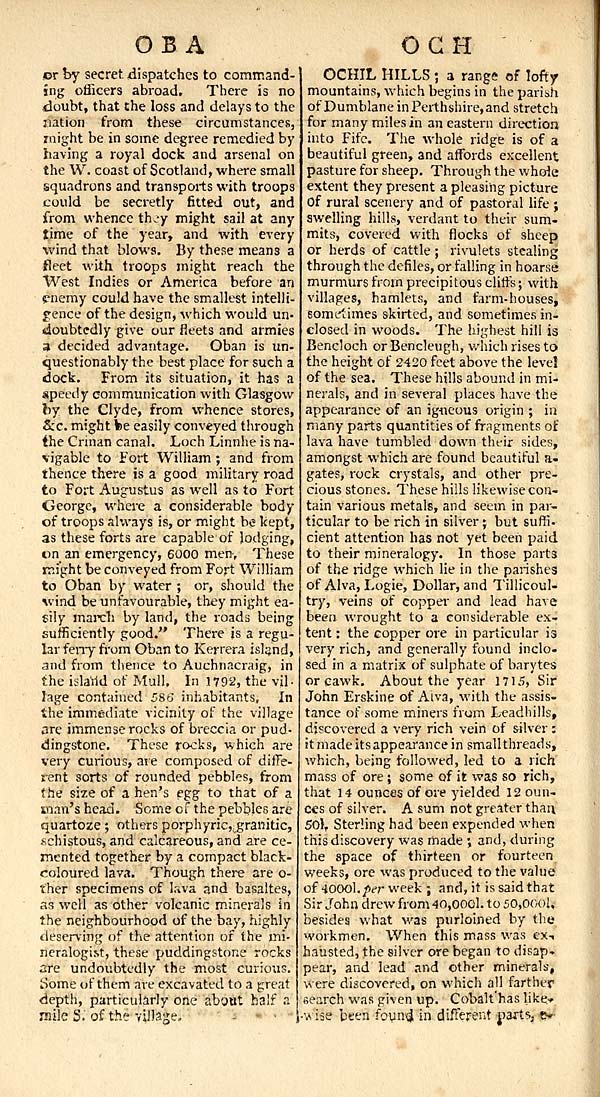 Listen to whether the child observes pauses and other punctuation marks, whether he changes intonation, whether he highlights the main idea.
Listen to whether the child observes pauses and other punctuation marks, whether he changes intonation, whether he highlights the main idea.
Improving reading technique
Poor results in reading technique are not a reason to be upset, but only a signal that additional efforts need to be made to improve the skill. You can work with the child on your own or contact a specialist who will analyze the weak points and select the appropriate exercises. Conduct additional activities with the child in the mode of "sparing reading" without pressure. It is more important to observe the regularity and frequency of classes: 10-20 minutes daily.
How can you motivate your child to read:
- Reward your efforts with stickers, stars.
- Mark progress visually - create a progress board so your child can visually see their progress
- Conduct activities in the form of a game, such as "going to the library" or "reading to your favorite toys.
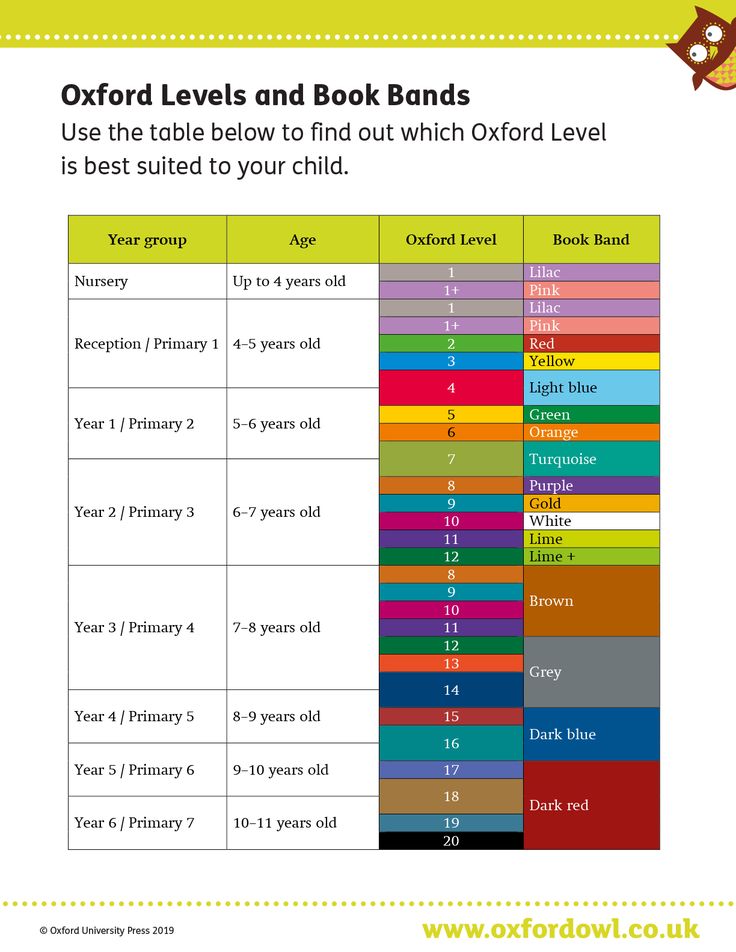 "
" - Choose books and texts that are interesting for your child.
- Let the child read to the pets, they are grateful and accepting listeners. Reading to them, the child is not afraid to make a mistake, he relaxes and overcomes the fear of failure.
- Have a reading competition between peers and siblings.
To improve the speed of reading will help:
- Reading by syllabic tables.
- Multiple reading. Read the same text several times, increasing the pace. From the second time the child will be able to read faster.
- "Tug". An adult leads a finger along the line, setting the pace. The child tries to read at a given pace.
- Tops and roots. The child reads the words, covering the upper or lower half of the letters with a ruler.
- Reading in a book turned upside down.
- Lightning. Alternating reading at a comfortable pace with reading at the highest possible speed for 20 seconds on the command "Lightning!".
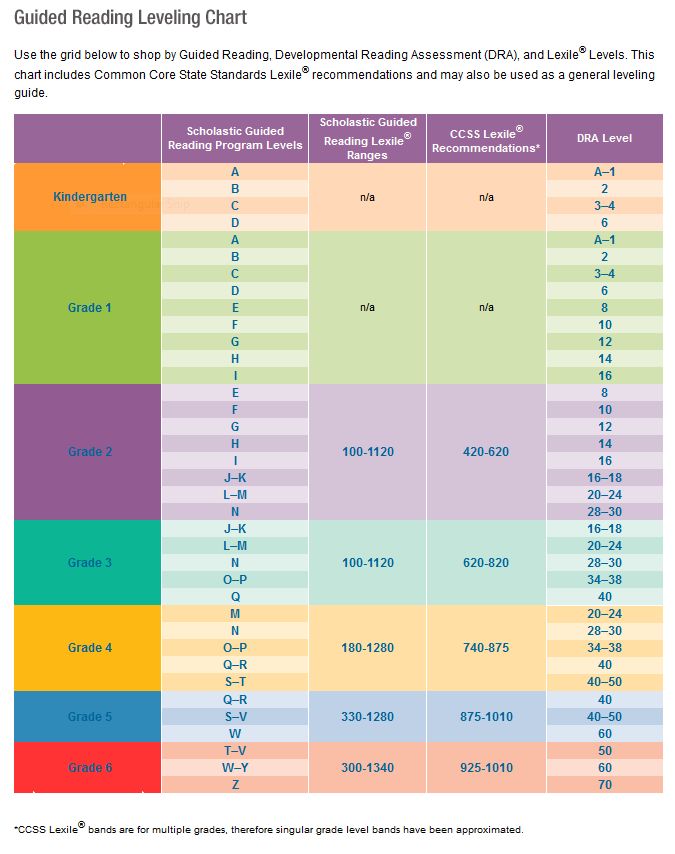
- "Sprint". Reading speed competition between classmates.
- Work on expanding the field of view according to Schulte tables.
- Reading with a window to eliminate "regression" - recurrent eye movements, leading to repeated reading.
For correct reading:
- Work on clear diction, do articulatory gymnastics.
- Read tongue twisters and tongue twisters.
- Invite the child to correct the deformed sentences: "The weather is good on the street."
- "Imaginary word". When reading, the wrong word is pronounced, the child must correct it.
Reading comprehension
- “Wave Reading”. First, the child reads aloud, then retells what he read.
- Drawing up a plan for reading.
- The student reads to himself at a comfortable pace, tells what he understood and felt, what he thought about
- Discuss unfamiliar words and expressions.
- Invite the child to draw a picture of the passage they read.
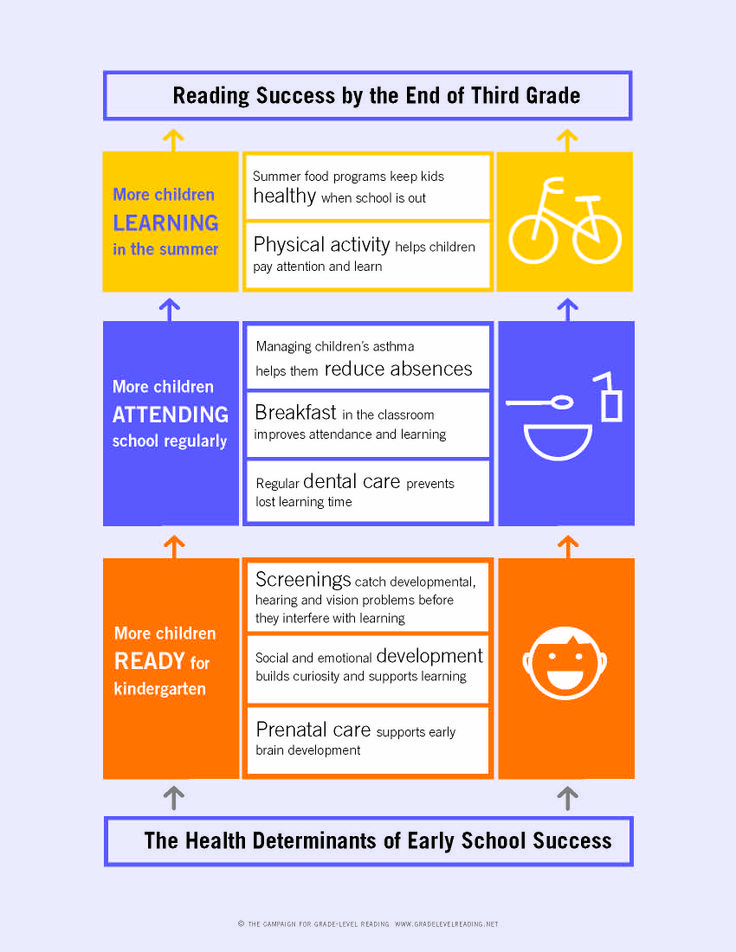
Learn more

 An average document has a Flesch Reading Ease score between 6 - 70. As a rule of thumb, scores of 90-100 can be understood by an average 5th grader. 8th and 9th grade students can understand documents with a score of 60-70; and college graduates can understand documents with a score of
0-30.
An average document has a Flesch Reading Ease score between 6 - 70. As a rule of thumb, scores of 90-100 can be understood by an average 5th grader. 8th and 9th grade students can understand documents with a score of 60-70; and college graduates can understand documents with a score of
0-30. 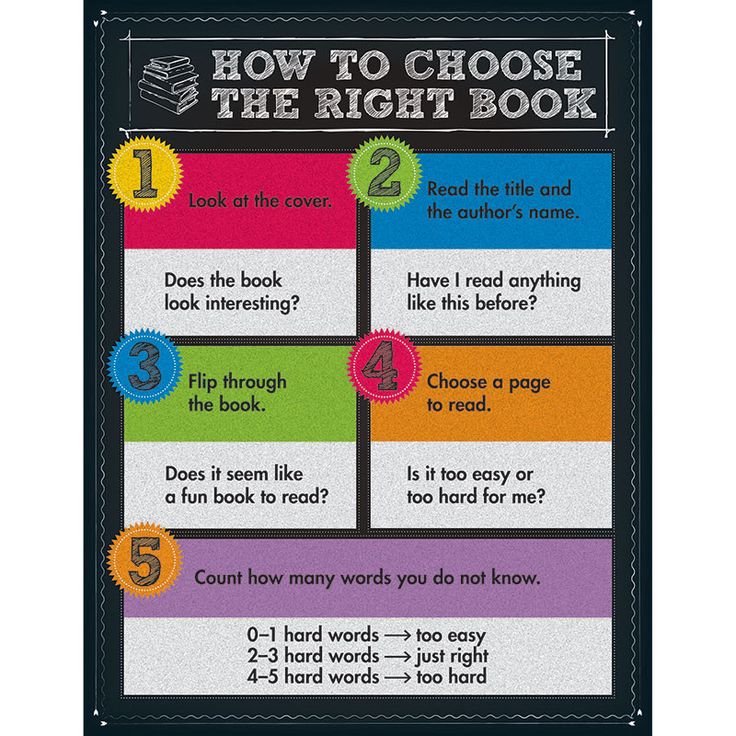 The SMOG Index outputs a U.S. school grade level; this indicates the average student in that grade level can read the text. For example, a score of 7.4 indicates that the text is understood by an average student in 7th grade.
The SMOG Index outputs a U.S. school grade level; this indicates the average student in that grade level can read the text. For example, a score of 7.4 indicates that the text is understood by an average student in 7th grade. 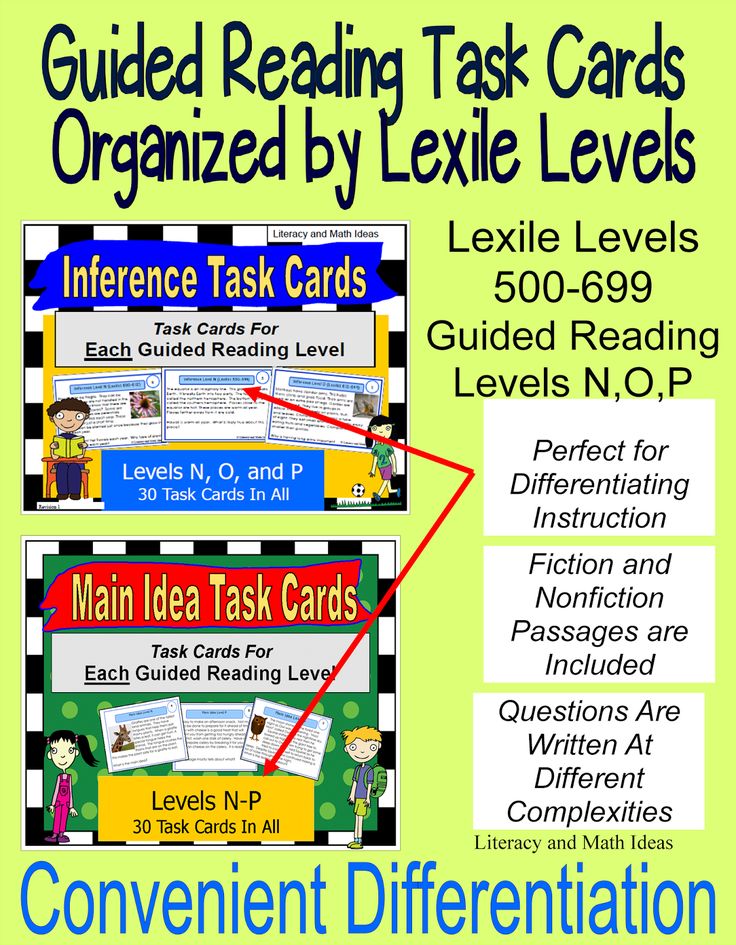 Linsear Write Formula is specifically designed to calculate the United States grade level of a text sample based on sentence length and the number words used that have three or more syllables.
Linsear Write Formula is specifically designed to calculate the United States grade level of a text sample based on sentence length and the number words used that have three or more syllables.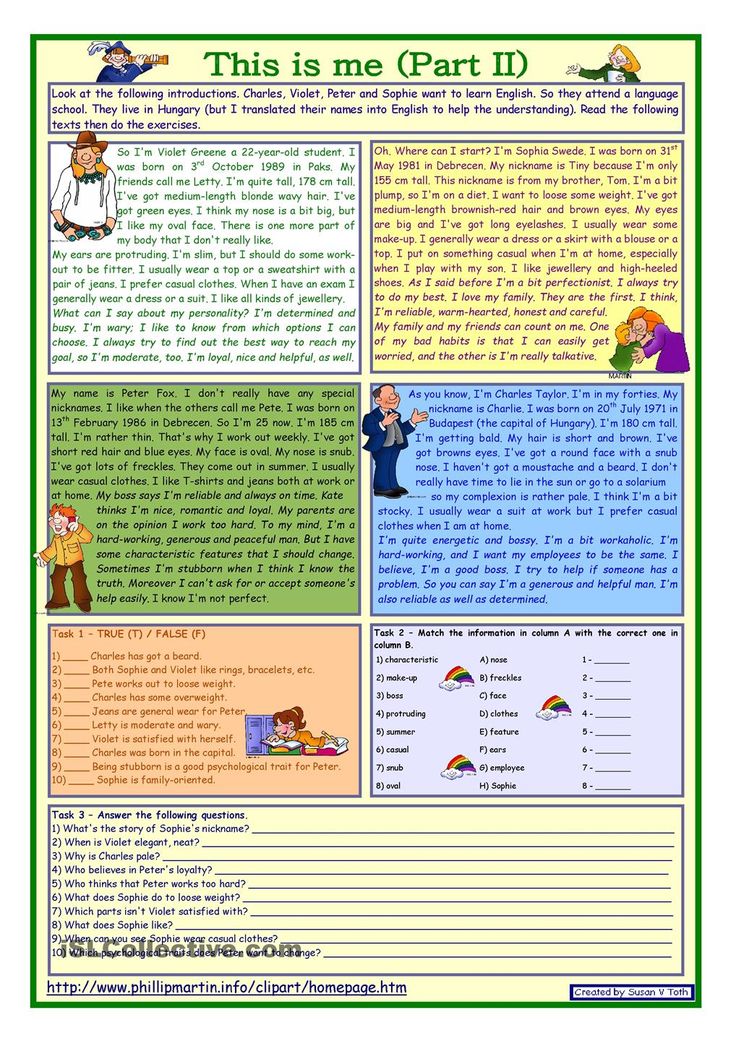
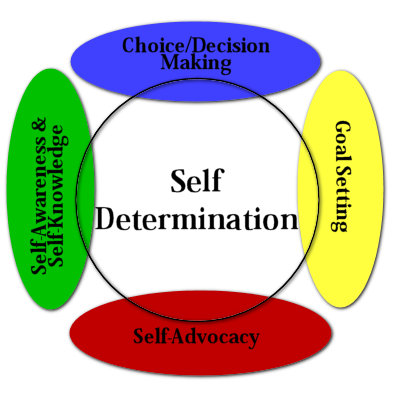 e., the number of syllables divided by the number of words)
e., the number of syllables divided by the number of words) 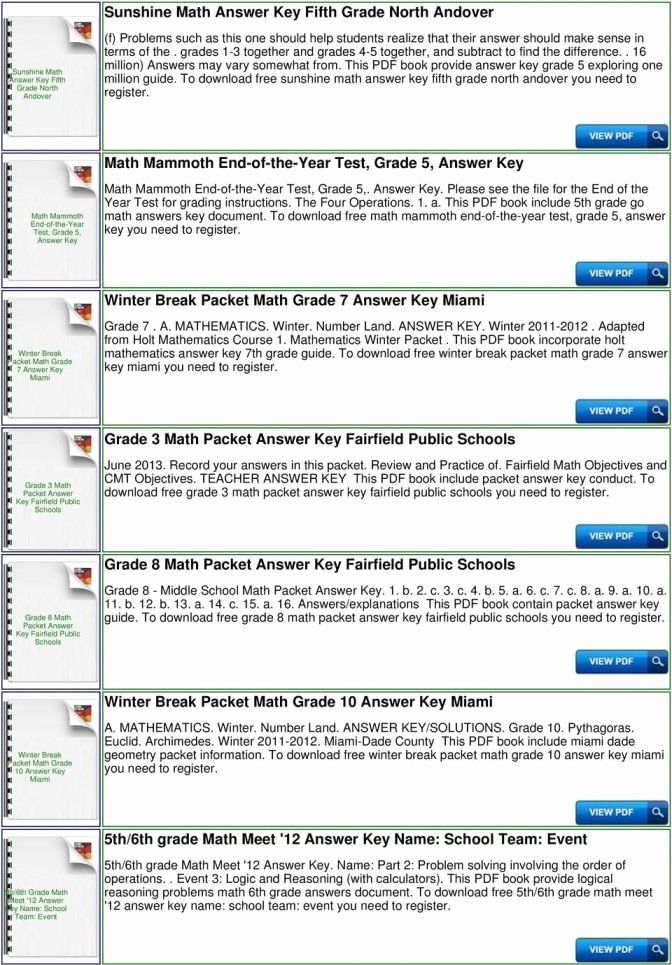 For instance, periods, explanation points, colons and semicolons serve as sentence delimiters; each group of continuous non-blank characters with beginning and ending punctuation removed counts as a word; each vowel in a word is considered one syllable subject to: (a) -es, -ed and -e (except -le) endings are ignored; (b) words of three letters or shorter count as single syllables; and (c) consecutive vowels count as one syllable.
For instance, periods, explanation points, colons and semicolons serve as sentence delimiters; each group of continuous non-blank characters with beginning and ending punctuation removed counts as a word; each vowel in a word is considered one syllable subject to: (a) -es, -ed and -e (except -le) endings are ignored; (b) words of three letters or shorter count as single syllables; and (c) consecutive vowels count as one syllable. 